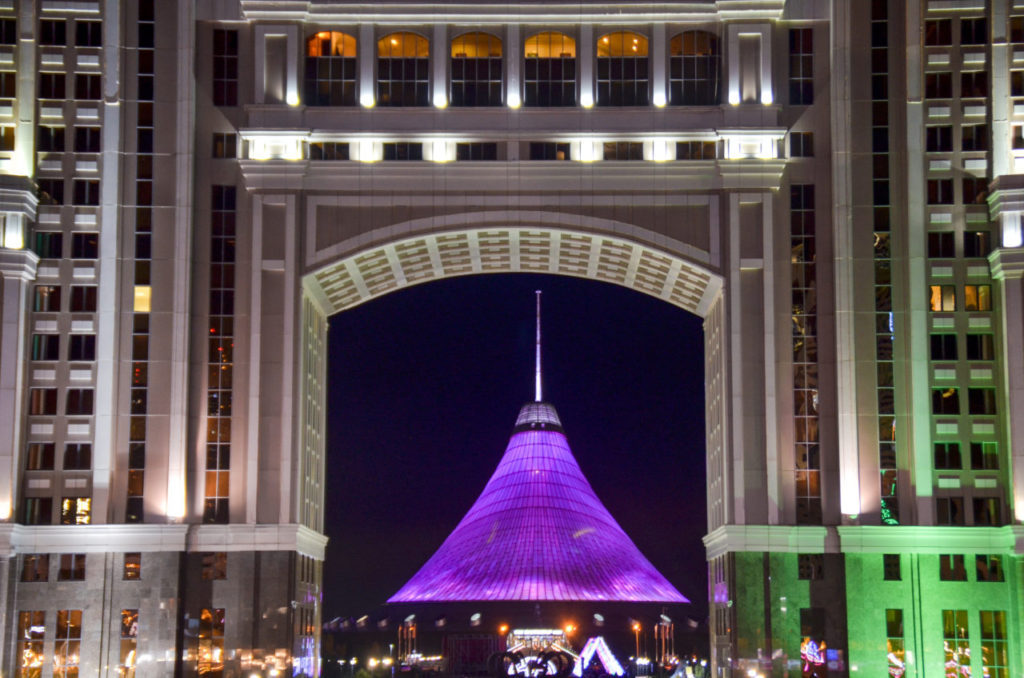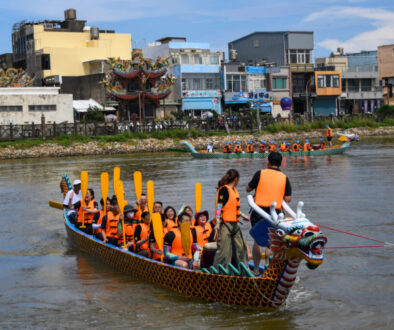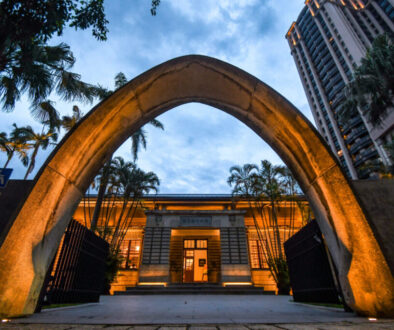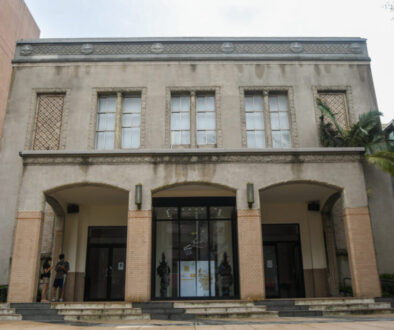Nur-Sultan: The Capital Formerly Known As Astana
The Country in Nowhere
Like many planned cities throughout the world. Nur-Sultan ‘s gleaming skyscrapers were built in the middle of nowhere. Much of Kazakhstan consists of wide expanses of nothing. The only signs of life are the low brown shrubbery and patches of dead grass throughout the countryside. Occasionally you may find the odd camel gnawing on whatever food it managed to find in the vast Kazakh desert.
It is no wonder that this largely barren and uninhabitable country has one of the lowest population densities in the world. With less than 6 people for every square kilometer, you could drive for days on the wide-open road through Kazakhstan and not come across a single soul. If coming from the Caspian Sea, the towering city of Astana is an oasis in this arid country. It’s neon lights acting as a beacon for those lost in the wastes.
If you are in Almaty you won’t want to miss traveling to Charyn Canyon!
The Future Is Astana
As other countries in Central Asia have only just recently begun to crack open their gates to the world, Kazakhstan has emerged as a leader amongst the “stan”s. As the cash flow and tourists began to trickle in, Kazakhstan has built a capitol that well represents their dream of forgetting their Soviet past and creating a Kazakh utopia.
If there is one thing Kazakhstan has, it is space. You can believe that Astana has found great use of its abundance of land to build their massive motorways and enormous skyscrapers. From glistening golden spires to colorfully lit monuments. Taking a stroll through downtown Astana is an experience in itself. Nearly every city block acts as a showcase for some outlandish, over the top architectural marvel.
Many of the space-age structures which make up Nur-Sultan are inspired by traditional Kazakh imagery. Burying the old hammer and sickle six-feet under, you will find more architecture representing the eagle, yurts, and the national flag. The iconic Bayterek Tower, for example, is a nod to the ancient Kazakh myth on the creation of the universe. With a revival of Kazakh traditions and country looking towards the future, Astana represents not only what they strive to become but also what they wish to forget.
Looking for a day trip out of Almaty? Read on traveling to Big Almaty Lake here!
Moving the Capital
Nur-Sultan (Astana) was built from the ground up. Being a former prison camp left forgotten in the middle of the Kazakh steppes, no one would have expected that from this patch of dirty would emerge as one of the most mesmerizing and bewildering capitals in the entire world. Despite the new capital’s futuristic image, it is easy to feel the lack of culture or a soul while strolling down its immaculate, wide empty streets.
In the south-east corner of Kazakhstan lies the former capital of Almaty. While Astana’s history only stretches back a couple of pages, Almaty’s book is around in the volumes. From being both a military and trade center amongst the mountains, this city was a hub along the silk-road. During Soviet rule, Almaty was made the capital, swelling its population into the millions.
Today, most of Kazakh history, art, and music are still confined to Almaty. The capital was only changed in 1997 due to Almaty’s proximity to the Chinese border, the central location of Astana, and lack of room to expand with the wall of nearby mountains. Although the government has moved and constructed itself a shining city in the steppes, the soul of Kazakhstan still remains in Almaty.
Taking the slow train into Uzbekistan? Read about traveling from Aktau to Nukus here!
What To Do In Almaty
It is obvious that Nur-Sultan, like many other modern planned cities throughout the world, is modeled after the success of Dubai. Attracting ambitious and border-line mad architects to its folds, these cities have turned into sandboxes for some of the world’s most insane skyscrapers. and monuments. For cities built from nothing, capitals such as Astana rely on these eccentric towers to steal away tourists from the cultural hub of Almaty.
What also makes Astana similar to other infant cities is the fact that the enormous city squares and wide highways make the capital almost impossible to explore. Fortunately, most of the neon-lit spires and skyscrapers are confined to downtown. But a tourist could easily check each of these alien structures off in an afternoon. Leaving little space for your average traveler to wander. It will still be some time for Nur-Sultan to build enough shimmering glass obelisks to keep the attention of travelers, but for the time being, Astana is a mere transit stop to nowhere.
Just across the border, you will find the capital of Xinjiang! Read more about traveling to Urumqi here!
Nur-Sultan: Looking Ahead
With a rebirth of Islam and a revival of its traditional nomadic heritage, Kazakhstan is making great strides to make up for time lost living under Soviet rule. With contemplative masjids and pinnacles of modern technology, Astana has emerged out of the ashes of the USSR as a country leading its Central Asian neighbors into the future. It will still take some time for Nur-Sultan to reach the point of being a tourist destination in itself, but its off worldly architecture continually makes headlines throughout the world.
Nur-Sultan is quickly working to surpass Almaty as being the technological and commercial hub of Kazakhstan. But without the natural beauty surrounding the capital, it is relying on quirkiness alone to attract tourists. For the time being, the Nur-Sultan is an immaculate ghost town. Almost like a miniature model city under a glass case in a museum. As the country continues to grow, the metro lines and bizarre monuments will make Kazakhstan a household name. But for now, tourists will just have to be satisfied with wandering the empty streets of Astana with little to do but lookup.
















